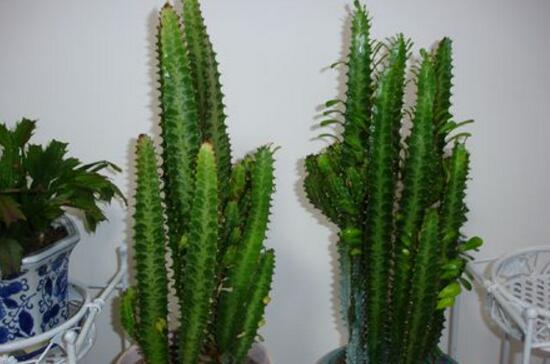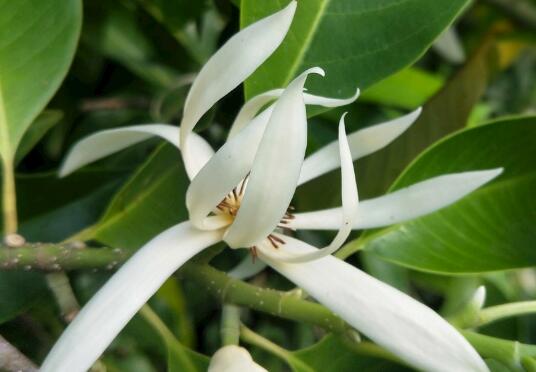Cultivation techniques of elderberry
Elderberry is a deciduous shrub of honeysuckle family, and its whole plant can be used as medicine. it is a plant with high medicinal value. Elderberry can be seen in many traditional Chinese medicine formulations in our country. There are wild and cultivated areas in many provinces in China, and now the cultivated area of elderberry is getting larger and larger, and many people are beginning to plant it. So how to plant elderberry? The following editor brings you the cultivation techniques of elderberry, let's have a look!

1. planting at the right time
Elderberry is originally a kind of wild plant, so its growth ability is relatively strong, and there is little requirement for soil, as long as the soil is fertile, soft and deep, and free of diseases and insect pests. Generally speaking, the best cultivation time of elderberry is in spring and autumn every year. Before planting, the soil should be prepared, the deep ploughing should be leveled, and then sufficient base fertilizer should be applied. It is necessary to fully mix the base fertilizer with the soil, then return to the soil in time, press the soil firmly and then put it into the seedlings. It should be planted shallowly in spring, otherwise it is a little deeper in autumn. After cultivation, enough fixed root water was poured to promote the rooting and growth of seedlings.
2. Water management
Elderberry has a moderate water demand, which is watered almost once a month when cultivated in spring. But if you encounter rainy days in summer, you can reduce the amount of water, or even not to water it when it is bigger. And after the rain, the excess water in the field should be discharged in time to prevent the elderberry from rotting due to too much water. Elderberry planted in autumn should be fully watered with frozen water, and then released in time in early spring. Planting and watering too much in autumn can easily lead to freezing injury and affect the growth of elderberry. Therefore, when planting elderberry, it is necessary to control water management according to weather changes and planting time.
3. Reasonable topdressing
Elderberry has strong growth ability and has a great demand for nutrition, except for applying sufficient base fertilizer in the field before planting. It is necessary to apply fertilizer at least twice a year before planting, and the first time of topdressing is usually about May-June every year, mainly to improve the growth of elderberry and promote the growth of plant branches. Then the second fertilizer is applied in early winter, and the main fertilizer is rotten farm manure to help elderberry survive the winter. Then urea is applied once in the second year and early spring, and agricultural machinery fertilizer is only needed once a year after the third year.
4. Field management
During the growth period of elderberry, it is necessary to do a good job of weeding and weeding in order to improve the permeability of the field. Generally, deep ploughing should be carried out before the early spring every year, which can not only effectively weed, but also improve soil permeability and promote nutrient absorption. Then a topdressing work should be carried out when the seedlings are about 15 cm and the first time of topdressing, and once every spring and summer after transplanting for 3 years. Finally, the elderberry plants need to be pruned properly to cut off the aging, diseases and insect pests, overgrown and overlapping branches to prevent the light absorption of the plants, but pay attention to keeping the new branches.
The above is a brief introduction of elderberry cultivation technology, elderberry planting is relatively simple, not as tedious as other plants sowing preparation. However, after sowing, it is still necessary to do a good job in water, fertilizer and field management in order to ensure the healthy growth of elderberry and expand its own planting benefits. That's all for today's introduction. This article is for reference only. Thank you for your reading and support.
- Prev

What is the function of the dragon bone flower, the efficacy and function of the dragon bone flower / purifying the air for medicinal treatment
For the dragon bone flower, not many people have heard of it, but it has another name, Tianyi, we should know that it is a kind of plant with strong plant type and strong effect. If you want to ask what the function of keel flower is, everyone will want to watch it, but apart from being good-looking, there are many other functions of keel flower.
- Next

How to cultivate white orchids in winter, control indoor temperature/reduce watering
Winter is a difficult time for most plants, white orchids are no exception, it is not too strong resistance to cold, so in breeding it must pay special attention, about white orchids winter how to cultivate, what do you need to pay attention to? The following small series takes everyone to understand
Related
- Fuxing push coffee new agricultural production and marketing class: lack of small-scale processing plants
- Jujube rice field leisure farm deep ploughing Yilan for five years to create a space for organic food and play
- Nongyu Farm-A trial of organic papaya for brave women with advanced technology
- Four points for attention in the prevention and control of diseases and insect pests of edible fungi
- How to add nutrient solution to Edible Fungi
- Is there any good way to control edible fungus mites?
- Open Inoculation Technology of Edible Fungi
- Is there any clever way to use fertilizer for edible fungus in winter?
- What agents are used to kill the pathogens of edible fungi in the mushroom shed?
- Rapid drying of Edible Fungi

